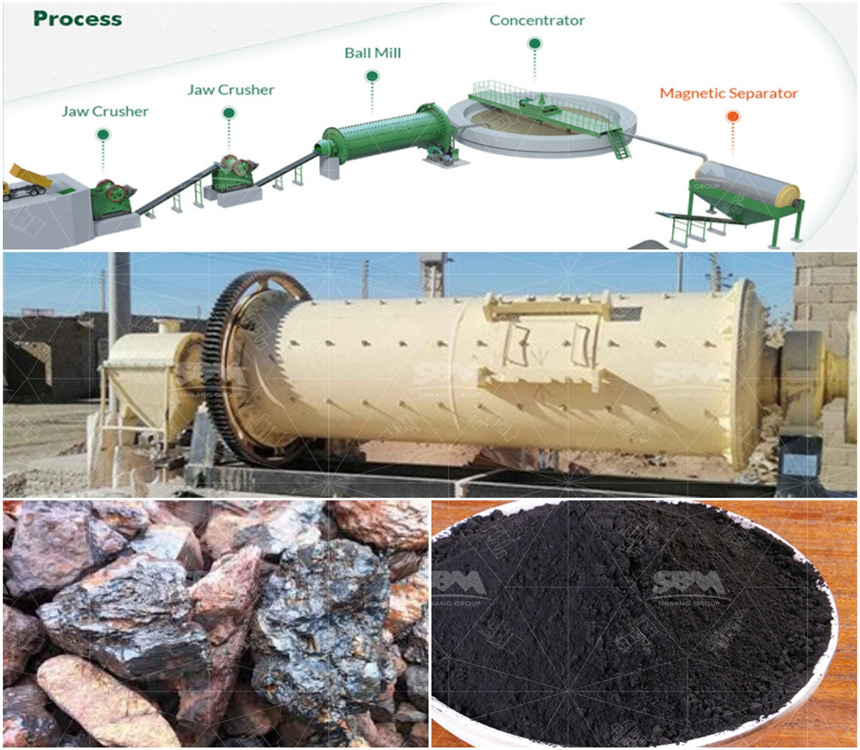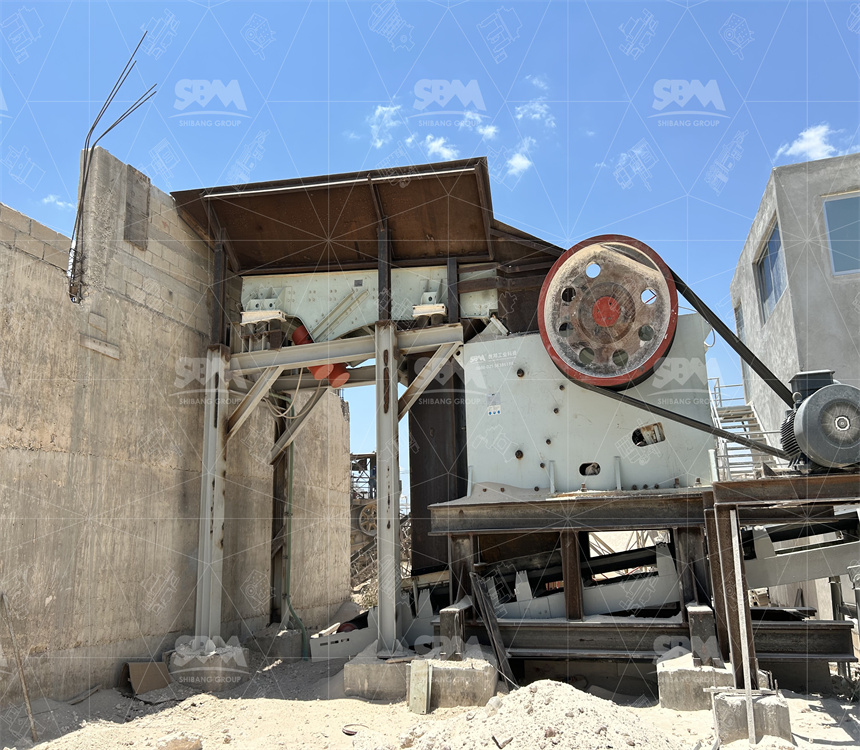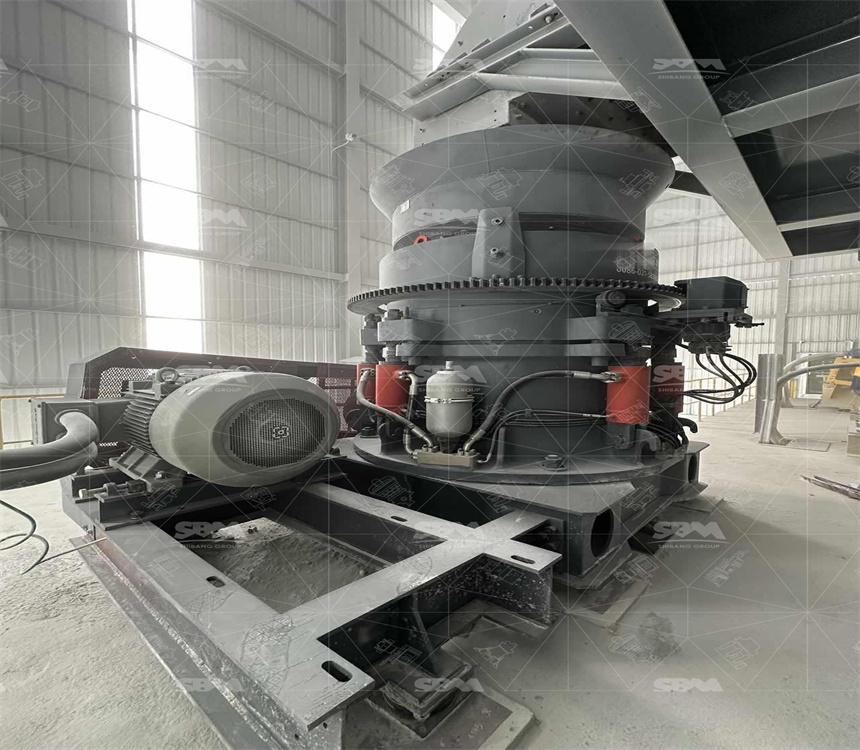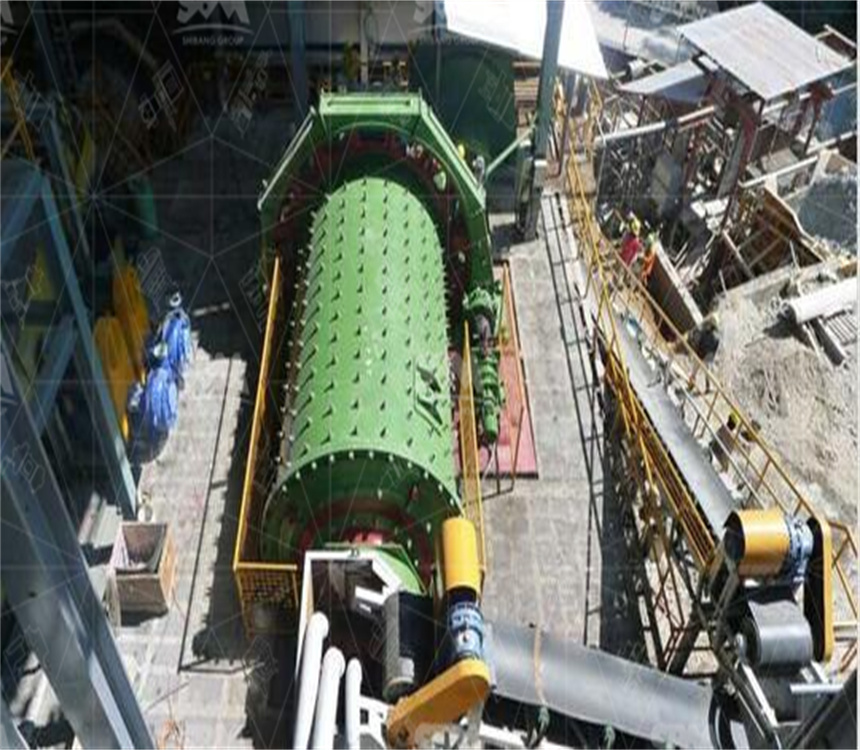Lithium resources have become vital for energy storage and battery production. Efficient exploitation requires advanced mining and beneficiation machinery. Based on decades of engineering practice, here we outline a complete solution with crushing, grinding, flotation, and drying systems for lithium ores. All core equipment data and models are presented with real plant experience.

Lithium ores like spodumene, lepidolite, and petalite require multistage treatment. The sequence includes crushing, grinding, classification, flotation, and drying. Energy efficiency, particle size control, and stable yield are essential. In practice, feed size is 300–600 mm while final concentrates reach below 200 mesh. This controlled reduction is achieved by jaw crushers, cone crushers, ball mills, and flotation cells in series.
The jaw crusher delivers reduction of large run-of-mine lithium rock. It features a deep V-shaped chamber with a feed opening up to 1200 mm and discharge settings adjustable between 10–350 mm. Crushing ratio averages 6:1, with eccentric shaft speed around 250 rpm. Motor power ranges from 55 kW to 220 kW depending on model. Maintenance cycles average 12 months with lubrication system checked weekly. Energy consumption is around 0.5–0.9 kWh per ton under normal conditions.
The cone crusher handles mid-size fractions. By selecting different cavity types (coarse, medium, fine), operators adjust CSS/OSS between 6–38 mm. Standard models operate at 485–580 rpm with motor power from 75–315 kW. In lithium projects, fine crushing reduces material to below 25 mm. Liner wear is predictable, usually replaced after 3000–5000 hours depending on ore abrasiveness. Hydraulic adjustment improves uptime by cutting downtime under 10% annually.

Ball mills grind crushed lithium ore into liberation size. Capacity spans 0.65–615 t/h with cylinder rotation at 21–38 rpm. Standard ball load ratio is 40% with steel balls of 40–120 mm. Motor power ranges from 18.5 kW to 4500 kW. Average grinding fineness reaches 80% passing 200 mesh. Specific energy is 15–25 kWh/t depending on feed hardness. Regular liner inspection every 8 months prevents unplanned stoppages. Closed circuit with spiral classifier maintains stable product fineness.
Flotation machines remove gangue minerals from spodumene. Tank volume varies from 0.35 m³ to 30 m³ with impeller speed of 180–400 rpm. Air suction volume reaches 0.9–4.2 m³/m²·min. A typical line uses rougher, scavenger, and cleaner cells in sequence. Chemical dosing with fatty acid collectors requires precise pH control near 9. Operating recovery surpasses 80% under optimal reagent regime. Plant maintenance cycle averages 6 months with pump overhaul every 12 months.
Final lithium concentrate requires drying. Rotary dryers with diameter 1.2–3.6 m and length 8–28 m are standard. Capacity ranges 1.9–76 t/h, driven by 5.5–160 kW motors. Thermal efficiency exceeds 70% with fuel consumption of 1.2–1.6 kg coal equivalent per ton water evaporated. Lifespan of shell lining is above 5 years with refractory brick maintained annually. Output moisture is controlled below 1% before calcination or shipment.

A plant in Southern Africa processes spodumene ore at 200 t/h. Equipment list includes one PE-900×1200 jaw crusher, two cone crushers, three ball mills (Ф3.6×4.5 m), and ten flotation machines. Feed grade is 1.2% Li₂O, upgraded to 5.8% concentrate. Energy consumption measured 21 kWh/t. Maintenance downtime averaged 4%. Customer feedback highlighted stable output and reduced reagent consumption by 12% compared to older systems.
A lepidolite ore plant processes 80 t/h using jaw crusher PE-600×900, HP cone crusher, ball mill Ф2.4×7.5 m, and six flotation cells. Feed grade is 1.0% Li₂O, upgraded to 4.5%. Drying achieved with rotary dryer Ф1.8×14 m. Total power installed is 1850 kW. Operational data shows liner replacement every 10 months. Plant achieved annual recovery above 78%. Operator noted reliability in humid tropical climate with minimal failure of motors.
One plant in Asia designed for 300 t/h throughput uses double jaw crushing, multiple cone stages, and closed-circuit ball milling with spiral classifiers. Concentrates reach 6.0% Li₂O at recovery rate 81%. Electrical consumption is 0.8 MW/h. Preventive maintenance keeps availability at 92%. On-site engineers reported ease of adjusting CSS during variable ore hardness. Spare parts inventory planning reduced downtime by 18%.
The following summarizes critical technical values observed in practice:
| Equipment | Capacity (t/h) | Power (kW) |
|---|---|---|
| Jaw Crusher PE-900×1200 | 220 | 110 |
| Cone Crusher (HP series) | 180 | 160 |
| Ball Mill Ф3.6×4.5 m | 120 | 1250 |
| Flotation Cell (30 m³) | 30 | 30 |
| Rotary Dryer Ф2.8×22 m | 60 | 75 |
Experience shows maintenance cycle must be planned. Jaw crushers require bearing lubrication weekly. Cone crushers require hydraulic system checks monthly. Ball mills demand liner inspection biannually. Flotation impellers wear in 12–15 months depending on ore pH. Rotary dryers need refractory inspection each year. Fault rate remains under 5% if preventive strategy is followed. Spare part supply chain is decisive to avoid unplanned stops.

Water recycling in flotation reduces fresh water demand by 60%. Dust collectors ensure emission meets local standards. Noise remains below 85 dB near crushing stations with insulated covers. Energy audits confirmed systems save 8% power compared to legacy equipment. Climatic adaptation, like reinforced seals in humid tropics, is crucial. Operators in arid regions benefit from optimized dust suppression design.
When choosing lithium mining equipment, engineers must match crusher CSS to expected feed size, align mill motor power with grinding index, and configure flotation capacity to ore grade. Selection should balance CAPEX and OPEX. Plants with higher ore hardness require more robust liners. For smaller deposits, modular systems reduce initial investment. Based on verified projects, integrated solutions ensure reliability, economic yield, and environmental compliance.
Whatsapp:+8617329420102
Email: [email protected]
Address: No. 1688, Gaoke East Road, Pudong new district, Shanghai, China.
Online Service : Get Price
We value your feedback! Please complete the form below so that we can tailor our services to your specific needs.
